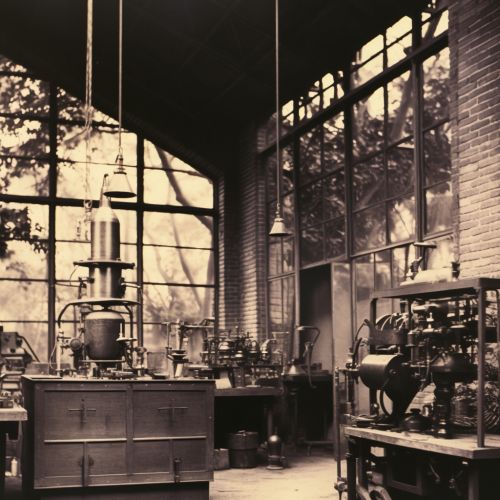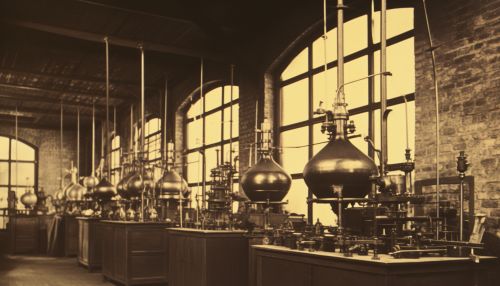Cannon-Bard Theory
Overview
The Cannon-Bard Theory is a psychological model that proposes that physiological arousal and emotional experience occur simultaneously, yet independently. This theory was developed by Walter Cannon, a physiologist, and his student Philip Bard during the early 20th century. This theory contradicts the earlier James-Lange Theory, which posits that physiological arousal precedes the experience of emotion.


Historical Context
The Cannon-Bard Theory emerged as a response to the James-Lange Theory. The latter, proposed by psychologists William James and Carl Lange, suggested that emotions are the result of physiological reactions to events. In other words, the James-Lange Theory proposed that we feel emotions because of our bodily responses. For example, we feel fear because our heart rate increases, not the other way around.
Cannon and Bard, however, disagreed with this perspective. They argued that our physiological responses and emotional experiences occur simultaneously but are not causally related. This marked a significant shift in the understanding of emotions and their physiological underpinnings.
The Theory
The Cannon-Bard Theory proposes that when an emotion-evoking event occurs, the thalamus in the brain receives information about the event. The thalamus then sends this information simultaneously to the autonomic nervous system (ANS) and the cerebral cortex. The ANS is responsible for the physiological arousal (such as increased heart rate or sweating), while the cerebral cortex is responsible for the conscious emotional experience.
Cannon and Bard argued that the simultaneous activation of these two systems explains why we often experience physiological responses and emotions at the same time. However, they also maintained that these two responses are independent of each other. This means that one can occur without the other, which contradicts the sequential process proposed by the James-Lange Theory.
Evidence for the Theory
Cannon and Bard's theory was supported by several lines of evidence. First, they pointed out that people often have similar physiological responses to different emotions. For example, both fear and excitement can lead to an increased heart rate. If the James-Lange Theory were correct, then we should not be able to distinguish between these two emotions based on our physiological responses alone.
Second, they noted that physiological responses often occur too slowly to precede emotional experiences. For example, our heart rate may not increase until several seconds after we experience fear. This suggests that physiological arousal does not cause emotional experience.
Finally, they cited studies of individuals with spinal cord injuries. These individuals often have impaired physiological responses, yet they still experience a full range of emotions. This suggests that physiological arousal is not necessary for emotional experience.
Criticisms and Controversies
Despite its influence, the Cannon-Bard Theory has been subject to several criticisms. Some researchers argue that the theory does not adequately explain the variety of emotions that humans experience. They suggest that different emotions may involve different physiological responses and neural pathways, which the Cannon-Bard Theory does not account for.
Others have criticized the theory for its lack of specificity. The theory does not explain how the thalamus is able to simultaneously activate the ANS and the cerebral cortex, or how these two systems are able to operate independently.
Despite these criticisms, the Cannon-Bard Theory has had a lasting impact on the field of psychology. It has influenced subsequent theories of emotion, such as the Two-Factor Theory, and has contributed to our understanding of the complex relationship between physiological arousal and emotional experience.
